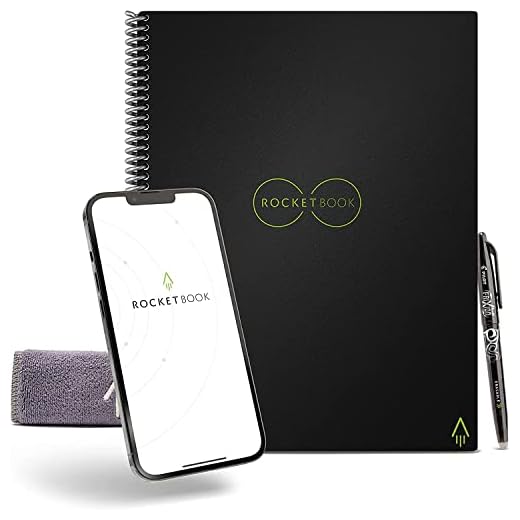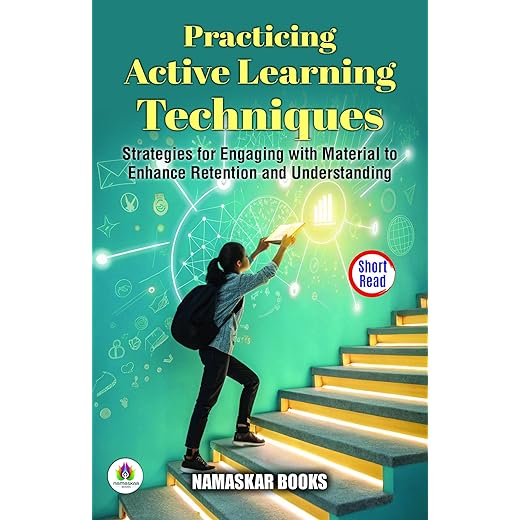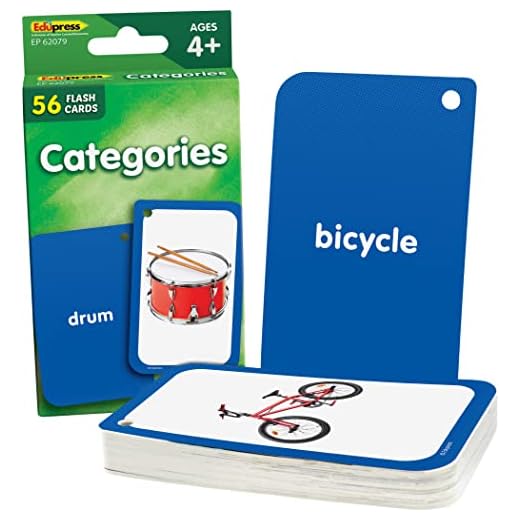The step-by-step guide “How to Incorporate Spaced Repetition for Long-term Retention” is designed to help you optimize your learning process and improve your ability to retain information over time. By following the steps outlined in the guide, you will be able to incorporate spaced repetition into your study routine, allowing you to review and reinforce your knowledge at optimal intervals. This technique has been proven to enhance long-term retention and make your learning experience more efficient and effective.
Unlock Your Potential with Top Picks



Understand the Concept of Spaced Repetition
To understand the concept of spaced repetition, begin by recognizing its fundamental principle: reviewing information at increasing intervals over time. This technique enhances memory retention by strategically spacing out your review sessions. Start incorporating spaced repetition into your learning process by identifying the key concepts or information you need to remember and creating a schedule for reviewing them at regular intervals. As you review, focus on actively engaging with the material, whether through summarizing, quizzing yourself, or applying the information to real-life examples. With consistent practice, you’ll harness the power of spaced repetition to optimize your learning and retention.

![Hello! ChiĹski. BĹyskawiczny kurs obrazkowy A1 - Natalia Wajda, SuperMemo World [KSIÄĹťKA]](https://m.media-amazon.com/images/I/41ZBsjynB1L._SS520_.jpg)

Identify Key Learning Materials
To identify key learning materials, start by compiling a list of textbooks, articles, lecture notes, or other relevant resources that you want to memorize effectively. Then, evaluate each material based on its importance and relevance to your learning goals. Consider factors such as clarity, depth of information, and the quality of explanations. Finally, prioritize the materials based on their significance and create a study plan that incorporates spaced repetition to ensure long-term retention.
Break Down the Material into Smaller Chunks
To break down the identified learning materials into smaller chunks, follow these steps:
- Identify the main topics or sections within the material. For example, if you’re studying a textbook chapter on biology, the main topics might include cell structure, genetics, and evolution.
- Divide each main topic into subtopics or sub-sections. This will further break down the information and make it more manageable. Using the biology example, under the main topic of cell structure, you could have subtopics such as organelles, cell membrane, and cell cycle.
- Create a clear structure using bullet points or headings to outline each main topic and its corresponding subtopics. This will help you visualize the breakdown of the material and make it easier to navigate.
- Focus on one chunk or section at a time. Instead of trying to study the entire chapter in one sitting, dedicate specific study sessions to each main topic or subtopic. This allows you to concentrate on one piece of information without feeling overwhelmed.
Remember, breaking down the material into smaller chunks allows for easier reviewing and retention. By following this approach, you can effectively manage your learning process and improve your understanding of the subject matter.
Create Flashcards or Digital Reminders
To create flashcards or digital reminders, start by writing a question on one side and the corresponding answer on the other side. Be clear and concise in your wording. If you prefer a more tech-savvy approach, you can use digital tools or apps with spaced repetition features. This will help you review the material effectively by presenting the information at strategic intervals for optimal learning.
Establish a Study Schedule
- Identify your learning goals: Start by determining what you want to achieve from your study sessions. Are you preparing for an exam? Do you want to improve a specific skill? Clearly defining your goals will help you structure your study schedule effectively.
- Assess your available time: Take a realistic look at your daily routine and figure out how much time you can dedicate to studying. Consider both weekdays and weekends, and be honest with yourself about how much time you can realistically commit to learning.
- Divide your study sessions: Rather than cramming all your study time into one long session, break it up into shorter, focused sessions spread throughout the week. For example, if you have three hours available daily, consider studying for one hour each in the morning, afternoon, and evening. This approach helps prevent burnout and promotes better retention of information.
- Incorporate regular review sessions: To make the most of spaced repetition, schedule regular review sessions to reinforce the material you have learned. Depending on the complexity of the subject and your goals, you may want to review the material every few days, weekly, or biweekly. Consistency is key here to ensure optimal results.
Remember, establishing a study schedule that suits your learning style, goals, and available time is crucial for effective learning. Adapt and adjust your schedule whenever necessary to maintain consistency and progress towards achieving your goals. Good luck!
Start with Initial Review
To start with the initial review, take the time to go through the material for the first time, paying particular attention to the first chunk of information. Test your knowledge by utilizing the flashcards or digital reminders you created in step 4. Make sure to thoroughly understand and memorize the content before moving forward. For example, if you’re studying a new language, review the first lesson’s vocabulary and grammar rules using your flashcards or language learning app. Practice until you feel confident in your understanding before proceeding to the next step.
Review and Assess Progress
To review and assess your progress, it is important to continue reviewing the material at increasing intervals as you progress through your study schedule. Use the spaced repetition technique by revisiting flashcards or setting up digital reminders. For example, if you are studying a foreign language, you can create flashcards for new vocabulary words and revisit them at regular intervals, such as every few days or weeks. Assess your progress by testing yourself on the material and identifying areas that require further review or reinforcement. This could involve taking practice quizzes or summarizing key concepts in your own words. By regularly reviewing and assessing your progress, you can ensure that you are retaining and understanding the material effectively.
Repeat and Adjust as Needed
To effectively retain information, it is crucial to repeat the review process for each chunk of information. Adjust the intervals based on your progress and retention levels. If you come across challenging concepts, allocate more time for review. Remember to adapt the schedule as needed in order to optimize your long-term retention.
Enhancing Memory with Spaced Repetition
In conclusion, incorporating spaced repetition into your learning routine is a game-changer for long-term retention. By following the steps outlined in this blog post and staying consistent, you’ll not only improve your ability to remember information but also develop a deeper understanding of the subject matter. So go ahead, give spaced repetition a try and watch your learning skyrocket!
Essential Supplies
Maximizing Memory Performance
Best Practices for Maximizing Learning and Remembering
- Prioritize active learning: Engage in activities that require active participation, such as discussions, problem-solving, or hands-on experiments. This helps to stimulate your brain and enhance learning and retention
- Utilize visual aids: Make use of visual aids like diagrams, charts, or infographics to help you understand and remember information better. Visuals can simplify complex concepts and make them more memorable
- Practice spaced repetition: Instead of cramming all your studying into one session, spread it out over several shorter sessions. This technique, known as spaced repetition, has been shown to improve long-term retention by reinforcing information at regular intervals
- Teach someone else: One effective way to enhance your learning and retention is by teaching someone else what you’ve learned. This not only helps solidify your understanding of the topic but also allows you to identify any knowledge gaps that need further clarification
- Take breaks and get enough sleep: It’s important to give your brain time to rest and process information. Taking regular breaks during study sessions and getting enough sleep can improve your cognitive functioning, concentration, and overall retention of information
- Remember, everyone’s learning style is unique, so feel free to experiment with different techniques and find what works best for you
Unlock Your Potential: Frequently Asked Questions about Enhanced Learning and Retention
Can you provide examples of activities or exercises that can improve learning and retention?
Certainly! There are several activities and exercises that have been demonstrated to improve learning and retention. Here are a few examples:
- Spaced repetition: This technique involves reviewing information over spaced intervals of time. By spacing out your practice sessions, you can reinforce the material more effectively and enhance long-term retention.
- Active recall: Instead of simply re-reading or highlighting, engage in active recall. This means trying to retrieve information from memory without any cues. You can do this by testing yourself with flashcards, summarizing key points, or explaining concepts to someone else.
- Mnemonic devices: Mnemonics are memory aids that help you associate information with vivid images or easy-to-remember phrases. For example, creating an acronym or a catchy phrase can help you remember a series of items or steps.
- Mind mapping: This technique involves visually organizing information by creating a diagram or flowchart. Mind maps can help you see connections between different pieces of information and improve overall comprehension and retention.
- Teaching others: Explaining concepts or teaching others what you have learned is an effective way to solidify your understanding and memory. By teaching, you are forced to reorganize the information in a way that makes sense to others, which enhances your own learning.
- Practice testing: Regularly testing yourself on the material you are learning can significantly improve retention. Practice tests can help identify areas of weakness and allow for targeted review.










Thank you for your positive feedback and suggestion! I’m glad you found the guide helpful. Incorporating spaced repetition for language learning is a great topic idea, I’ll definitely consider covering that in a future article.
This guide is really helpful! I’ve been wanting to incorporate spaced repetition into my study routine, so this step-by-step guide is perfect. Thank you! One suggestion for a related topic could be how to use spaced repetition for language learning.